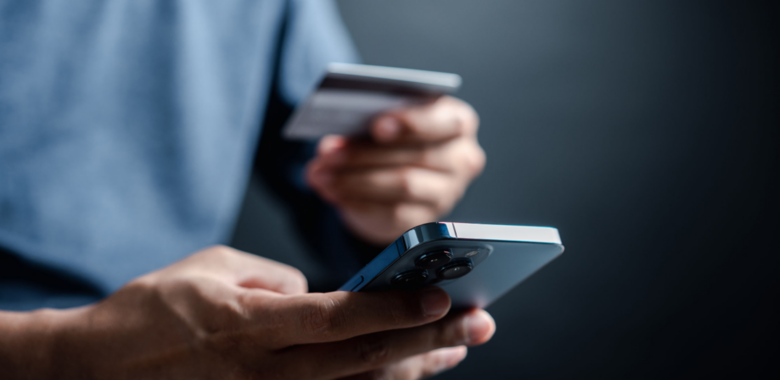Did you know that 64% of households in New Zealand have a pet, and that the estimated 4.6 million pets outnumber their Kiwi owners? That is why it is no surprise that a preferred theme for New Zealanders’ personalised banking card is a picture of their pet.
Providing the best user experience is paramount to the success of financial institutions. This is why leading banks in New Zealand, such as our customer ANZ Bank, have started offering a web service that enables cardholders to upload a picture of their pet, then receive a personalised payment card using that pet picture as artwork.
While for New Zealanders ‘pets’ is the most popular theme, the concept of card artwork can be easily expanded to include a favourite football or rugby club, brands, or other affiliated visuals. Customers can select an existing image from a library offering multiple themes or upload a personal picture.
How does card personalisation work?
Beyond the cool look-and-feel of these cards, the technology behind this is fascinating. The ability for a customer to have a customised image on their card is a complex offering. It requires an integrated software application and post-production audit process to validate that the image falls under the specific ISO standards. One such tool is the Thales Gemalto AllAboutMe personal card design software that allows users to make their payment cards truly personal. Here’s how the customisation process works.
The first step of personalising debit/ credit cards is to validate the image that the customer has shared with their bank. This is required as customers will occasionally submit pictures that don’t fit the specifications and therefore cannot be printed on the body of the card.
Secondly, in order to create a great artwork on the card (just like the cat displayed above), the design process needs to adhere to ISO specifications. For example, the silicon chip frame position cannot be changed, while the payment scheme and the bank’s logos, as well as other features such as the name on the card, need to seamlessly co-habit with the artwork. Imagine if the head of the cat was hidden by the lead frame – this could look quite unpleasant! To ensure that all these specific requirements are met, an automatic zoom and shift algorithm must be applied to the cardholder’s uploaded picture in order to optimise the overall look-and-feel of the card.
Finally, as the service is available on the bank’s website, it needs to be attractive, secure and very easy to use. Users need to have clear guidance around how to upload the right pictures, including simple insights into the pick-and-place selection process.
Benefits of card personalisation
Customising payment cards can be a great traffic booster for online banking services. In addition, a personalised card is likely to become top of wallet for the cardholder, which means more transactions, and therefore higher revenue for the issuing banks and their partner payment schemes.
In fact, according to an independent report by Aite Group, financial institutions that provide card artwork for customers saw an average increase of 6% in card activation in 2018. Furthermore, the custom card product outperformed the generic card offering at an average increase of 21% in transactions, and showed an average increase of 18% in customer retention.
Card personalisation allows customers to identify with their card, which in turn creates loyalty. The popularity of the ‘pets’ card among New Zealanders means that the banking card is not just one of many smart cards in a user’s wallet, but has become a very personal object that can say a lot about someone. In fact, the bank card speaks for its owner. For example, the cardbody material is an adhesion message to the value carried, while the personal picture on the card has a unicity message about the cardholder.
The key driver for customising bank cards is the bond it creates between the cardholder, the card and the issuers. One thing for sure is that in 2021, the trend for people to pay more attention to their banking card and its look-and-feel is growing – and they have plenty of options to choose from, whether metal, bio-sources made, biometric or a card customised with a personal image.



